If you’ve always wanted to see the Mona Lisa up close – but because you’re a poor millennial like me and can’t just pop on to the Lourve whenever – here’s some good news.
The Italian Ministry of Foreign Embassy has brought Leonardo da Vinci to Malaysians at the National Art Gallery, where you can see true-to-size, digital reproductions on display until 15 August 2019. The “Leonardo Opera Omnia” exhibition features 17 of Leonardo’s art works painted in the 1ate 15th to early 16th centuries, as well as a special exhibition based on one of notebooks, Codex on the Flight of Birds. For those who have never been exposed to European art, this is an excellent chance to get acquainted and also be wowed at the sheer technique and beauty of the renowned genius’ masterpieces.
The digital reproductions are displayed in high definition in low light, which ‘evokes the feeling of viewing the actual artwork’, according to the pamphlet. You can definitely see the tiny cracks and creases from the original, which was painted with oil on poplar panel. While I’m sure it can’t compare to seeing it at the Lourve, I felt like viewing the Mona Lisa here was a great experience. The crowds are less, for one, and you can get really close to the ‘painting’. I can see why it is one of art’s most popular pieces. There’s just something about her slight smile and Leonardo’s excellent use of form and atmosphere that creates an ethereal, mysterious quality to it.
Fun fact: The subject of the Mona Lisa is Lisa del Giocondo, an Italian noblewoman, and despite being one of the most well known faces in art, little is known about her personal life.
Some of Leonardo’s other popular artworks on display include (from top left) Lady with an Ermine (1490), Portrait of a Musician (1490), La Belle Ferronniere (1490) and Head of A Woman (1508).
The Annunciation was one of Leonardo’s earliest completed works, and you can see how the technique was rather ‘raw’ in comparison to his later artworks – proving that while one may be born a genius, it still took years of honing his craft to reach his full potential.
I was excited to view the Madonna of the Rocks, because I was fascinated by the way Dan Brown used the symbolism in the painting as an important element in the Da Vinci Code novel. The painting depicts Mary and a child Jesus, with an infant John the Baptist and the angel Uriel. There are actually two versions of the painting; they’re identical in terms of composition but differ with a few significant details, namely the hand of the angel (which is pointing towards Jesus in one) as well as the gaze (one is looking down and the other at the ‘viewer’). You can find both on display at the Opera Omnia!
Leonardo was fascinated by the idea of flight, and the exhibition includes a section called Codex on the Flight of Birds, based on a notebook he owned which detailed his observations on the flight of birds, and how it could relate to creating a machine where man could fly. Written in his famous reverse script, the pages are filled with wondrous diagrams, sketches and notes. I can see why the man was both admired and feared in his time – he was truly a visionary, of the kind that the world might not ever see again.
Aside from his usual notes, Leonardo often peppered the pages with quotes on the side.
The Opera Omnia exhibition is running at the National Art Gallery from now until August 15.
While you’re here, there are plenty of other exhibitions to check out! The Open + Lab BMS (Bakat Muda Sezaman) / Young Contemporaries 2019 is an annual event by the National Art Gallery, dedicated to showcasing the work of young Malaysian artists. Many of these touch on current issues with powerful messages behind them – which is what I think art should be all about. Here are some of my favourites:
Awal – Akhir, 2019. by Muhammad Effi Syafiq Jusoh. Wood, paper, acrylic, bitumen and smoke machine. The piece is supposed to symbolise ‘life’ as the – between beginning (Awal) and end (Akhir), as illustrated through a crowded building with various houses and quarters within.
Details.
Colour Rhythm, 2019. by Choo Yan Xin. Cloth, wire and plastic airliner, various size.
The Witnesses, 2019 by Shahar a/l Koyok @ Shaq Koyok. Acrylic & charcoal oil on pandanous mat, nipah leaves woven, tree stumps, wood, soil, clay, rattan, dried leaves and nylon string.
An indigenous artist, the piece was inspired by the plight of Shaq’s people, the Temuan, who are facing extinction of their natural habitat due to deforestation and illegal logging. This is, sadly, nothing new in Malaysia – and many other countries for that matter – where indigenous rights are often eroded and destroyed over time. The ancestral lands in which they have lived off for centuries are in ever imminent danger of being taken away in the name of progress and greed – and the piece is meant to spark debate and awareness among the public of their plight.
Table Talk, 2018. Tan Yi Ching. Kopitiam cup, speaker and mp3.
At first glance, a simple installation featuring cups fitted with speakers playing random snippets of conversation within each unit. The concept behind it is interesting though, and is meant to represent the importance of communication. The use of kopitiam cups – something integral to many Malaysians’ lives – makes it all the more relatable.
Merbahaya, 2019. by Muhammad Shamin Sahrum & Khairul Izzuddin Mohd Hiffni touches on another hot topic in Malaysian society: PPR flats, and urban poverty. PPR flats are essentially low cost housing projects, where thousands of people are often forced to live together in squalid conditions. They’re essentially giant, multi-storey slums in the city – the difference is unlike sprawling squatter homes, they are now confined to a flat. Drugs are a common problem, as are social issues. Children are not monitored as parents try to eke a living, and deaths have occurred due to railing rotting away and breaking off, or even several cases where garbage was thrown from the upper floors, striking someone below. While there are no easy solutions to such problems, pieces like this create awareness and get the conversation going, and hopefully, results in action. It is often too easy to forget or ignore things we aren’t willing to face.
The Bomoh in 4th Industrial Revolution, 2019 by Aiman Husin & Hawari Berahim is a thought-provoking, tongue-in-cheek series, portrayed as a parody of today’s society and how we interact in cyberspace. A ‘bomoh’ in traditional Malay society is essentially a witch doctor and a problem solver of sorts, who communities approached for help. The idea behind it is that many today are acting as ‘bomoh’s on social media, “casting spells and curses with little regard for truth and fairness”. This is especially true of Malaysian society. I think many Malaysian social media users are gullible yet trigger happy, eager to dispense mob justice on cyberspace, yet unable to distinguish between what is right and wrong. It is dangerous, and we need to reflect on how we can process information and be proactive rather than reactive.
Appropriate. Doesn’t it seem like everyone seems to be an ‘expert’ on social media these days, offering their unwarranted opinions and judging others for it? Lol.
There are plenty of other thought-provoking pieces in the exhibition, and I was very impressed with the quality and effort put into each. These are definitely works that get you talking and thinking, as opposed to being so abstract or “syok sendiri” that viewers can’t relate. There is great potential in the Malaysian art industry.
So there you have it! Instead of heading to the mall this weekend, go check out BSVN! Entrance is free.
BALAI SENI VISUAL NEGARA (NATIONAL ART GALLERY)
No. 2, Jalan Temerloh, Off Jalan Tun Razak,
53200 Kuala Lumpur
Opening hours: 10AM – 6PM (daily)
GETTING THERE
Rapid KL Bus 402 from KLCC heads towards the National Art Gallery. It does not stop directly in front of the building, so you will have to stop near Hospital KL and walk across the road. Coming back is a bit more complicated. You can either take 402 again to loop back to KLCC, or board 302. Alternatively, Grab services are available within the city.

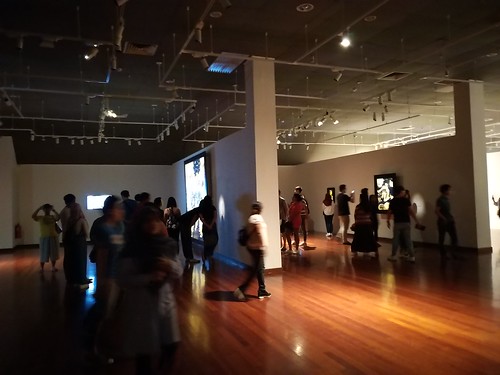
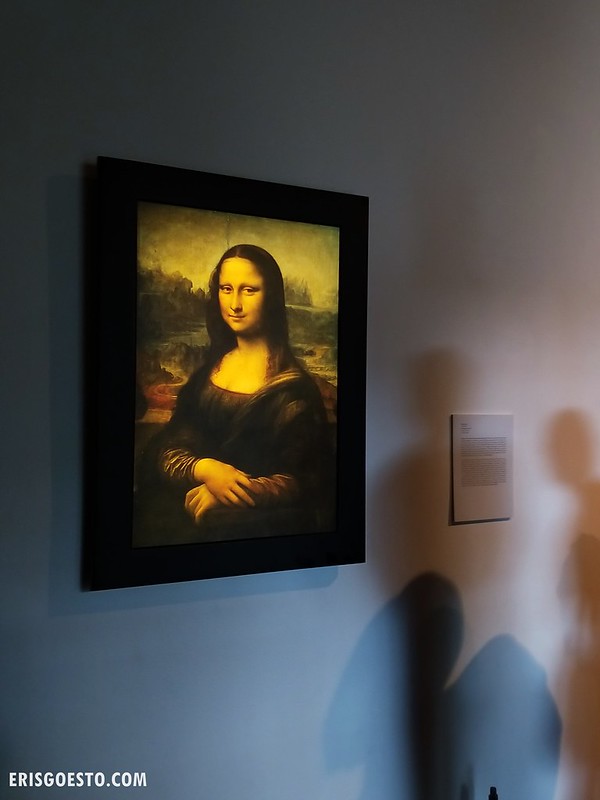

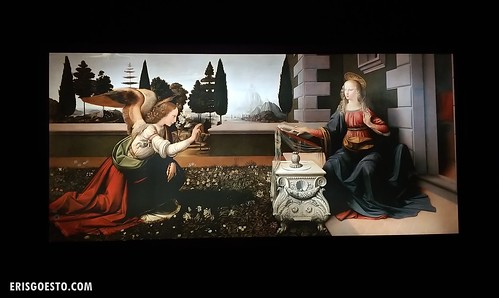
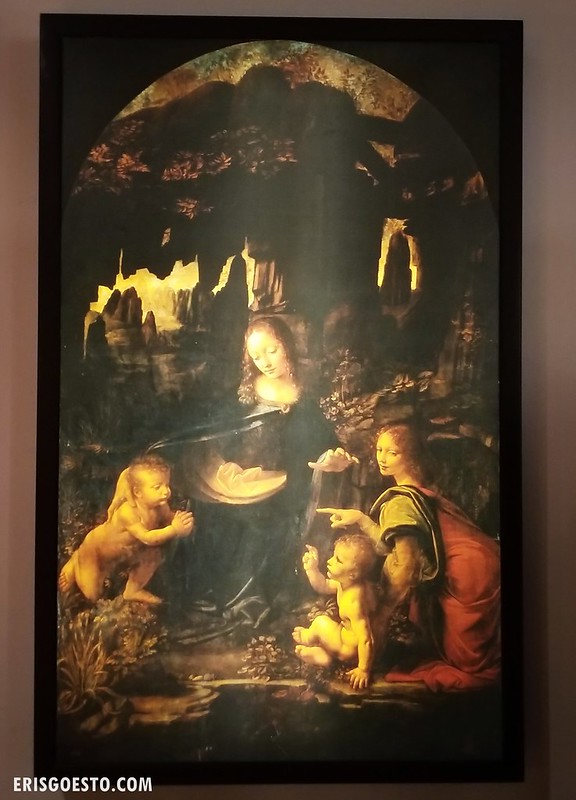

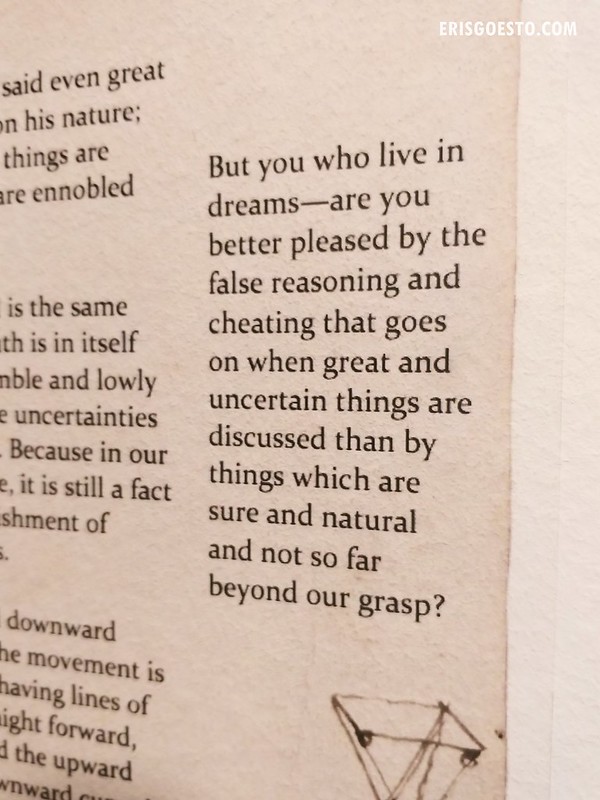






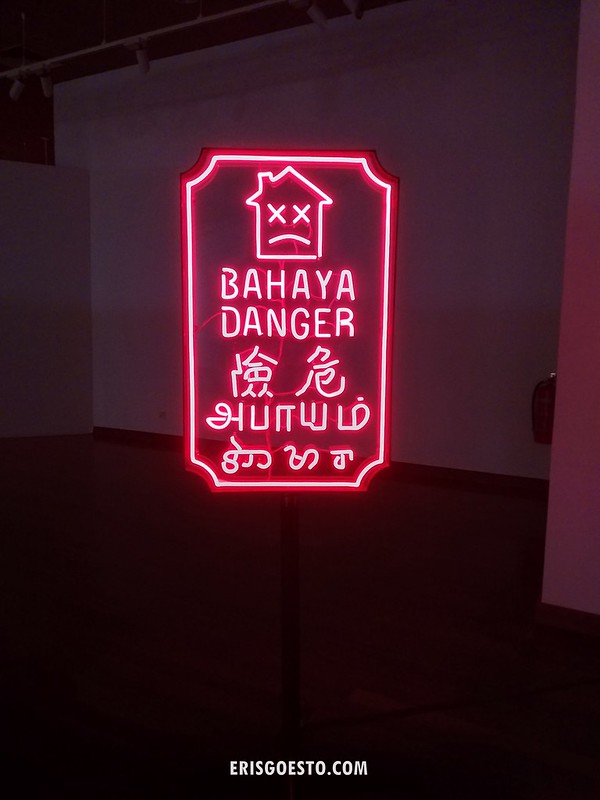

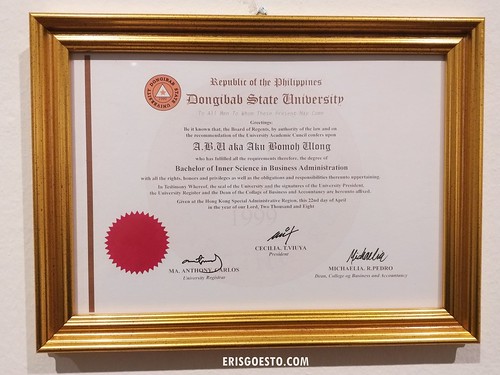
Wow great post Eris, this was so interesting!! I didn’t know digital reproductions are that accurate, and it’s a great way to see famous paintings without having to travel the world!
The works of young Malaysian artists are really interesting, and they really make you think about society in general, and I really liked the ones you selected to show us! Thanks for sharing!! 😊
LikeLiked by 1 person
Thanks Juliette! The Malaysian art scene isn’t as sophisticated as it is in Europe, so it’s great that they’re organising exhibitions like this here to create more awareness and appreciation. And yeah, I was quite surprised by the quality of the artwork by the Malaysian artists.. gives me hope for the local art scene. Glad you enjoyed reading it!
LikeLiked by 1 person
Great post! Thank you so much for this entry! Learnt so much about the arts on display
LikeLike
You’re most welcome! Pay a visit when you can! 🙂
LikeLike